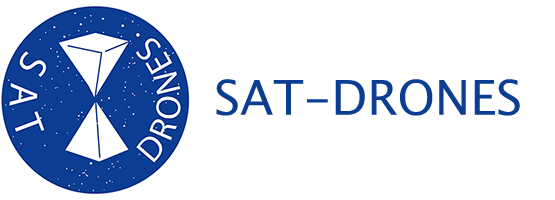Recurrent Test for Remote Pilots
Today we talk about the renewal of the UAS (Unmanned Aircraft Systems) Test. Keeping your Part 107 certificate up to date is very important as every day there are more people who are up for renewal. In the United States alone, there are about 18,000 people already FAA certified. Every 2 years, one commercial operator with the UAS card from the Department of Transportation – Federal Aviation Administration, needs to be re-certified. Many of us have found themselves in the bind to do such test since they enjoyed a specific waiver, or they did the Part 107 aeronautical knowledge test.
The Part 107 of the initial aeronautical knowledge test is composed by 60 questions to be answered in maximum of 120 minutes. The minimum passing score is 70 percent that corresponds to 18 wrong answers. Once the certification is successful, the FAA issues a card that attests it.
Part 107 Recurrent knowledge test is a little bit shorter, since it has 40 questions and allotted to them are 90 minutes or 1.5 hours. The rules are reported in §107.73 both for the initial aeronautical knowledge test and for the Recurrent test. The questions for the Recurrent aeronautical knowledge test span to the FAA regulations, airspace, sectional charts, operations, and a few questions about weather, but in general less questions about weather in the Recurrent test.
Some changes are talked among the UAS community, but there are not yet available at the time of this writing: such as flying over people, the night flying, and the Recurrent aeronautical knowledge test. This test may be different, in the sense that it is proposed online, more flexible and able to capture the evolving UAS operations as described here https://www.federalregister.gov/documents/2019/02/13/2019-00732/operation-of-small-unmanned-aircraft-systems-over-people.
There are plenty of resources out there to prepare for the Recurrent aeronautical knowledge test. Besides the FAA government site with its study guides, there are others such as https://www.youtube.com/watch?v=T4v7x4N8imc video (the audience has to wait 5-10 minutes of lag time, though) or here https://www.dronepilotgroundschool.com/recurrent-test-questions-answers/ or there is some specific guided training. Just explore a little bit.
Your FAA card does not expire, although your privileges can be suspended even revoked but your FAA card does not expire. Your legal ability to use your FAA card must be only refreshed. The timing for getting the Recurrent knowledge test must be prior to the end of the 24th month from the date when the FAA card was issued. For example, if I have a FAA card issued on the 17 June 2017, I have exactly until 17 June 2019 to do the Recurrent test. It also means that I can do the Recurrent test on 1 July 2019, but I cannot fly any Small UAS between June 18 and July 1, 2019.
You can take the Recurrent aeronautical test at a PSI/CATS testing center http://candidate.catstest.com/sitesearch.php and it costs $150.
After successfully taking the Recurrent knowledge test, one has to go around with BOTH the FAA UAS green-blue card AND the certification of the successful passing of the Recurrent aeronautical knowledge test.
Let’s go to fly and study!
